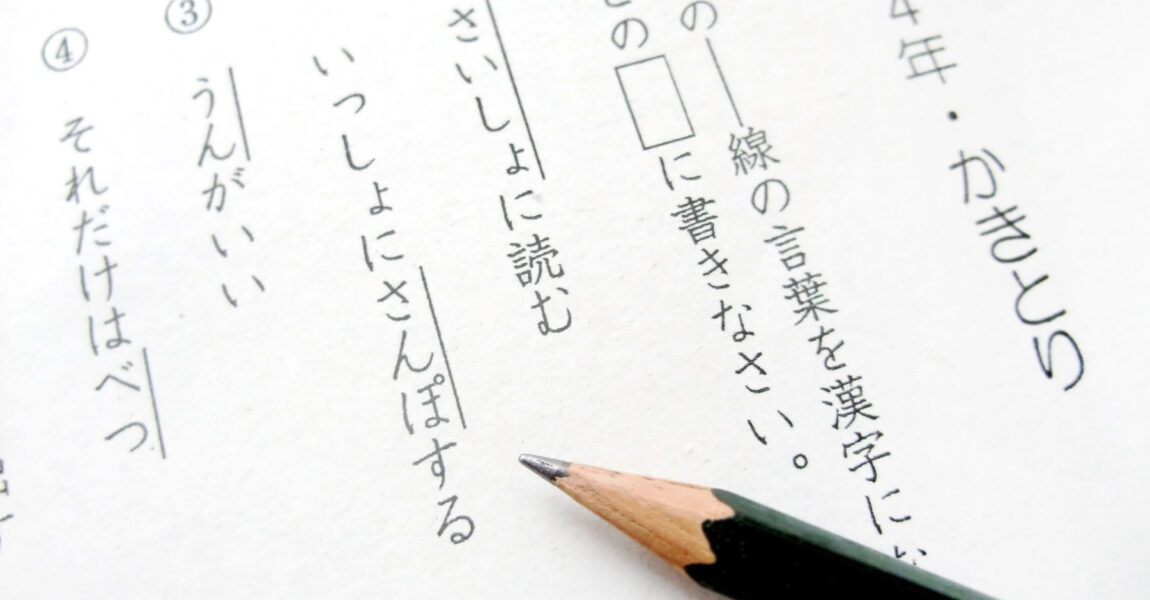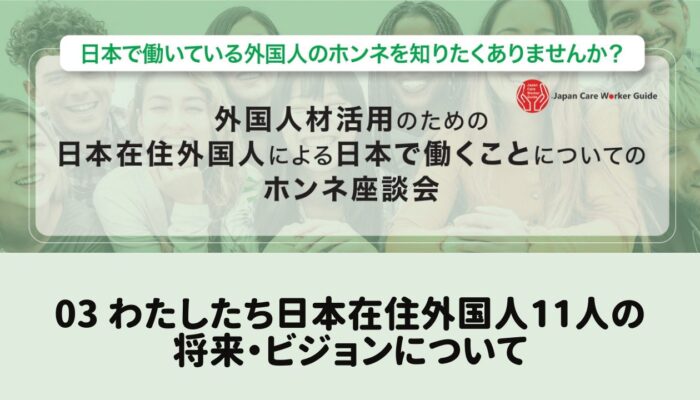
Learning Japanese is important, but once you start working in Japan, your job becomes the center of your daily life, making it difficult to dedicate much time to studying. However, knowing kanji and vocabulary is essential for both daily life and work.
In this two-part series, we will introduce methods to learn kanji as efficiently as possible. Expanding your knowledge and usage of kanji will not only boost your confidence but also increase your motivation at work.
Contents:
① Memorizing "Basic Kanji" (Essential Kanji for Daily Life)
・Start with kanji that have fewer strokes
Many kanji frequently used in daily life are simple and easy to remember. Beginner kanji textbooks often introduce them in stroke order or in sequences suited to daily life situations.
Examples:
一 (one), 二 (two), 三 (three), 四 (four), 五 (five), 六 (six), 七 (seven), 八 (eight), 九 (nine), 十 (ten), 百 (hundred), 千 (thousand), 万 (ten thousand), 時 (time), 分 (minute), 円 (yen), 日 (day/sun), 月 (month/moon), 火 (fire), 水 (water), 木 (tree), 金 (gold/money), 土 (earth), 字 (character), 枚 (counter for flat objects), 人 (person), 大 (big), 中 (middle), 小 (small), 前 (before/front), 後 (after/back), 左 (left), 右 (right) … etc.
・Focus on kanji frequently used in daily life and work
If you work in a facility, pay attention to notices, handouts, and records. The kanji you encounter regularly in your workplace and daily life will feel more familiar and help keep you motivated.
For example, in daily life, you’ll see notices at train stations, supermarkets, and hospitals. Likewise, in caregiving facilities, there are various notices for staff and residents.
② Understanding the "Meaning" and "Reading" of Kanji is Key: Learn in the Order of Meaning → Reading → Writing
<The Importance of Kanji Meanings>
Some words share the same reading but have different meanings depending on the kanji used (these are called homonyms).
花 / 鼻 (hana) – “flower” / “nose”
日 / 火 (hi) – “sun” / “fire”
見る / 診る (mi-ru) – “to see” / “to examine (as a doctor)”
機 (ki): Machines and devices → 掃除機 (vacuum cleaner), 洗濯機 (washing machine), 自動販売機 (vending machine), 飛行機 (airplane)
器 (ki): Containers and simple tools → 食器 (tableware), 便器 (toilet bowl), 歩行器 (walker)
Understanding the meaning of a single kanji in a word can help grasp the meaning of the entire word. Identifying familiar kanji within words will serve as a useful learning strategy.
「起床」(ki-shou):起きること(例文:起床時間は6時です)
起床 (ki-shou): Waking up (Example: 起床時間は6時です – “Wake-up time is 6 AM.”)
(Kishou jikan wa rokuji desu)
「継続」(kei-zoku):続けること(例文:日本語の勉強を継続します)
継続 (kei-zoku): Continuing (Example: 日本語の勉強を継続します – “I will continue studying Japanese.”)
(Nihongo no benkyou wo keizoku shimasu)
「発言」(hatsu-gen):言うこと(例文:自分の考えを発言しました)
発言 (hatsu-gen): Speaking (Example: 自分の考えを発言しました – “I expressed my opinion.”)
(Jibun no kangae wo hatsugen shimashita)
<Importance of Reading Kanji>
If you don’t learn the correct reading of kanji, it will be difficult to pronounce words clearly. Nowadays, most reports and documentation are done using computers or tablets, where correct readings must be input to display the correct kanji. If you enter the wrong reading, the wrong kanji will appear.
③ Learning Kanji in Context
It’s important to understand how kanji are used in sentences while learning their meaning. Reading aloud also helps reinforce correct pronunciation and improves reading skills.
- Example: 月 (gatsu, tsuki, getsu)
- 今日は1月(がつ)15日です。
- (Kyou wa ichigatsu juu-go nichi desu.) – Today is January 15th.
- 月(つき)がきれいです。
- (Tsuki ga kirei desu.) – The moon is beautiful.
- 月(げつ)曜日は早番の仕事です。
- (Getsuyoubi wa hayaban no shigoto desu.) – On Monday, I have an early shift.
- 7月(がつ)に日本に来ました。
- (Shichigatsu ni Nihon ni kimashita.) – I came to Japan in July.
- Example: 生 (nama, u, sei, i)
- この魚は生(なま)で食べられます。
- (Kono sakana wa nama de taberaremasu.) – This fish can be eaten raw.
- わたしは7月に生(う)まれました。
- (Watashi wa shichigatsu ni umaremashita.) – I was born in July.
- 生(せい)年月日をおしえてください。
- (Seinengappi wo oshiete kudasai.) – Please tell me your date of birth.
- 鈴木さんは日本語の先生(せい)です。
- (Suzuki-san wa Nihongo no sensei desu.) -Mr. Suzuki is a Japanese teacher.
- 日本で生(せい)活しています。
- (Nihon de seikatsu shiteimasu.) – I am living in Japan.
- 魚は水の中で生(い)きています。
- (Sakana wa mizu no naka de ikiteimasu.) – Fish live in water.
Additionally, practicing “ondoku” (reading aloud) is a great way to memorize kanji. Hearing yourself say the words reinforces memory. The next step is to practice writing them.
Even learning just two kanji per day is effective. Spending as little as 10 minutes a day is enough to make steady progress. In Japanese, there is a saying:
「継続 (kei-zoku) は力 (chikara) なり」 – “Consistency is power.”
Before you know it, you will have learned a lot of kanji!
(Supervised by) Eri Aoi
Instructor at the International Exchange & Japanese Support Y Association.
Since 2011, she has been involved in language support for foreign caregiving candidates coming to Japan under the Economic Partnership Agreement (EPA). She is currently engaged in education for foreign caregiving workers who come to Japan through technical intern and specified skills programs.
Completed the 420-hour Japanese Language Teacher Training Course.
Passed the Japanese Language Teaching Competency Test.
Certified Social Worker.


